
X-rays Reveal Hundreds of Golden Threads Inside a Patient with Severe Knee Pain — Here’s the Reason Why

When doctors examined the woman’s X-ray images, they were stunned by what they saw. Hundreds of thin, metallic strands appeared to snake intricately through her knee joint like a delicate spider’s web woven from precious metal. Each slender thread caught the light on the radiographic film, creating a striking, almost artistic pattern that no medical textbook had ever prepared them to encounter.
Join a community of over 14 million Seekers!
Subscribe now to unlock exclusive insights, wisdom, and transformational tools designed to elevate your consciousness. Gain early access to new content, special offers, and more!
Email address:
Your email here
A 65-year-old South Korean woman had walked into the hospital expecting a routine visit to manage her chronic knee pain. Instead, she became the focus of a remarkable medical case study that puzzled doctors and raised important questions about alternative medicine practices. The X-rays revealed something extraordinary hidden beneath her skin—glimmering golden threads embedded within her joint tissue. Yet, the story behind these golden filaments proved even more surprising than their mere discovery.
Years of Failed Conventional Treatments Lead to Alternative Medicine
This woman had endured osteoarthritis in her knees for many years. Early diagnosis revealed the progressive degeneration of her joint cartilage, causing bones to rub painfully against each other with every step. Chronic pain and stiffness became her daily reality, severely limiting her mobility and quality of life.
Doctors tried every conventional treatment they could. Painkillers offered only brief relief but brought side effects. Nonsteroidal anti-inflammatory drugs (NSAIDs) helped reduce inflammation but damaged her stomach lining, causing severe gastric pain. Steroid injections into her knee provided short-lived respite but failed to halt the worsening condition.
Eventually, the toll on her digestive system forced her to abandon these treatments. Faced with mounting pain and no safe conventional options left, she turned toward traditional medicine, joining millions worldwide who seek alternative therapies when modern medicine falls short.
Her new regimen included weekly acupuncture sessions. When pain intensified, she increased frequency to multiple visits per week. Each treatment brought needles, hope, and the promise that ancient healing wisdom might succeed where pharmaceuticals had failed.
Gold Thread Acupuncture: What the X-rays Revealed
The X-rays exposed the truth behind the metallic strands. Each thread, mere millimeters long, was crafted from pure gold and surgically sterile. These precious metal fragments were deliberately left inside her knee tissues by acupuncturists as part of a specialized therapy known as gold thread acupuncture.
Unlike traditional acupuncture, where needles are removed after each session, this method embeds tiny gold threads at specific acupuncture points. Practitioners believe these threads provide continuous stimulation long after the treatment, maintaining therapeutic effects for months or even years. Across Asia, this practice is commonly used to treat osteoarthritis, rheumatoid arthritis, and other chronic inflammatory conditions.
During treatment, acupuncturists insert short gold threads through needles, positioning them at precise anatomical sites linked to pain and inflammation control. Patients may receive dozens of these threads during one session.
However, the woman’s X-rays also revealed bony changes characteristic of advancing arthritis. The inner portion of her shinbone had thickened and hardened, and bony spurs—extra bone growths—had formed near her knee joint. Despite the gold thread treatment, her arthritis continued to progress.
Why Gold Thread Acupuncture Remains Controversial
From a scientific standpoint, gold thread acupuncture lacks credible evidence supporting its efficacy. Peer-reviewed clinical studies have consistently failed to demonstrate significant benefits over placebo or conventional acupuncture. Medical organizations worldwide do not endorse this therapy for arthritis or other chronic conditions.
Established arthritis treatments rely on well-understood biological mechanisms. Anti-inflammatory drugs target specific enzymes to reduce swelling. Physical therapy strengthens muscles and preserves joint function. In severe cases, surgery can replace damaged joints entirely.
In contrast, gold thread acupuncture is based on traditional concepts like energy flow and meridians, which lack validation in modern biomedical science. No rigorous clinical trials confirm that implanted gold threads provide superior or lasting pain relief compared to standard care.
When Golden Threads Become Medical Hazards
Unfortunately, some patients have suffered serious complications from gold thread acupuncture. For example, a 58-year-old South Korean woman with rheumatoid arthritis experienced joint deterioration after relying solely on this alternative therapy, delaying proper medical treatment and resulting in permanent damage.
Gold threads do not always remain where they are placed. A 75-year-old South Korean woman had threads migrate from her back to her lower leg over a decade, leading to cellulitis—a dangerous skin infection requiring hospital intervention.
Moreover, gold threads interfere with MRI scans. The metal fragments pose safety risks because strong magnetic fields can cause them to move, potentially damaging blood vessels or tissues. Consequently, patients lose access to this crucial diagnostic tool.
Other reported complications include cyst formation around threads, requiring surgical removal, and scar tissue development, which may worsen pain rather than relieve it.
Challenges in Diagnosis and Treatment
Embedded gold threads complicate medical imaging and diagnosis. Radiologists must differentiate between normal bone structures and numerous tiny metal artifacts scattered throughout joints. This makes interpreting X-rays and other scans more difficult.
Long-term monitoring is essential but challenging. Doctors need to track whether threads migrate or trigger tissue reactions. Regular imaging helps detect complications before they become severe.
Emergency medical situations also become more complex. Trauma surgeons and emergency physicians must be aware of any embedded metal fragments to avoid harm during surgical procedures or imaging.
Lessons for Medical Practice and Patient Care
This case underscores the importance of healthcare providers understanding alternative medicine practices their patients may pursue. Many individuals do not disclose complementary treatments to their doctors, risking safety and diagnostic confusion. Open, honest communication between patients and medical teams is vital for effective care.
Patient education is crucial. Those suffering chronic pain deserve transparent information about the risks and benefits of all treatment options. Medical professionals should respect cultural beliefs while emphasizing evidence-based medicine as the foundation for safe, effective care. Alternative treatments should complement, not replace, scientifically supported therapies.
Professional medical training should include common alternative medicine practices. Familiarity allows doctors to guide patients better, anticipate complications, and integrate care thoughtfully.
Reflections on the Golden Thread Mystery
At its core, this story reveals something profound about human nature and our quest to alleviate suffering. When modern medicine reaches its limits, people instinctively seek alternatives—sometimes literally embedding gold in their bodies in hopes of relief.
This case challenges us to confront the limits of medical knowledge. Despite remarkable advances—from mapping the human genome to pioneering cancer therapies—chronic pain remains a stubborn challenge affecting millions worldwide.
The use of gold threads reflects an ancient belief in the healing power of precious metals. Across history and cultures—from Egyptian burial rituals to medieval alchemy—humans have attributed special properties to gold beyond its monetary value.
Modern medicine evolves partly due to patients pushing boundaries and experimenting with unconventional methods. Although gold thread acupuncture lacks scientific support, patient experiences sometimes inspire new avenues of research. Many advances in pain management have emerged from exploring traditional practices under rigorous scientific scrutiny.
As healthcare providers, we must adapt to a world where patients access diverse treatments rooted in varied cultural traditions. These golden threads in an X-ray remind us that healing takes many forms. Our role demands understanding the full spectrum of human approaches to wellness—even when science has yet to catch up with hope.
News in the same category


Blind Man Can Now See Through His Tooth After Losing Sight 20 Years Ago – He Explains How It Works

Harvard expert issues chilling warning that strange object heading towards Earth may be a ‘mothership'

Nvidia's futuristic 'robot brain' officially goes on sale to the public for insane price

Emotional Starbucks Employee Reaction Over Long-Hour Shift Sparks Debate
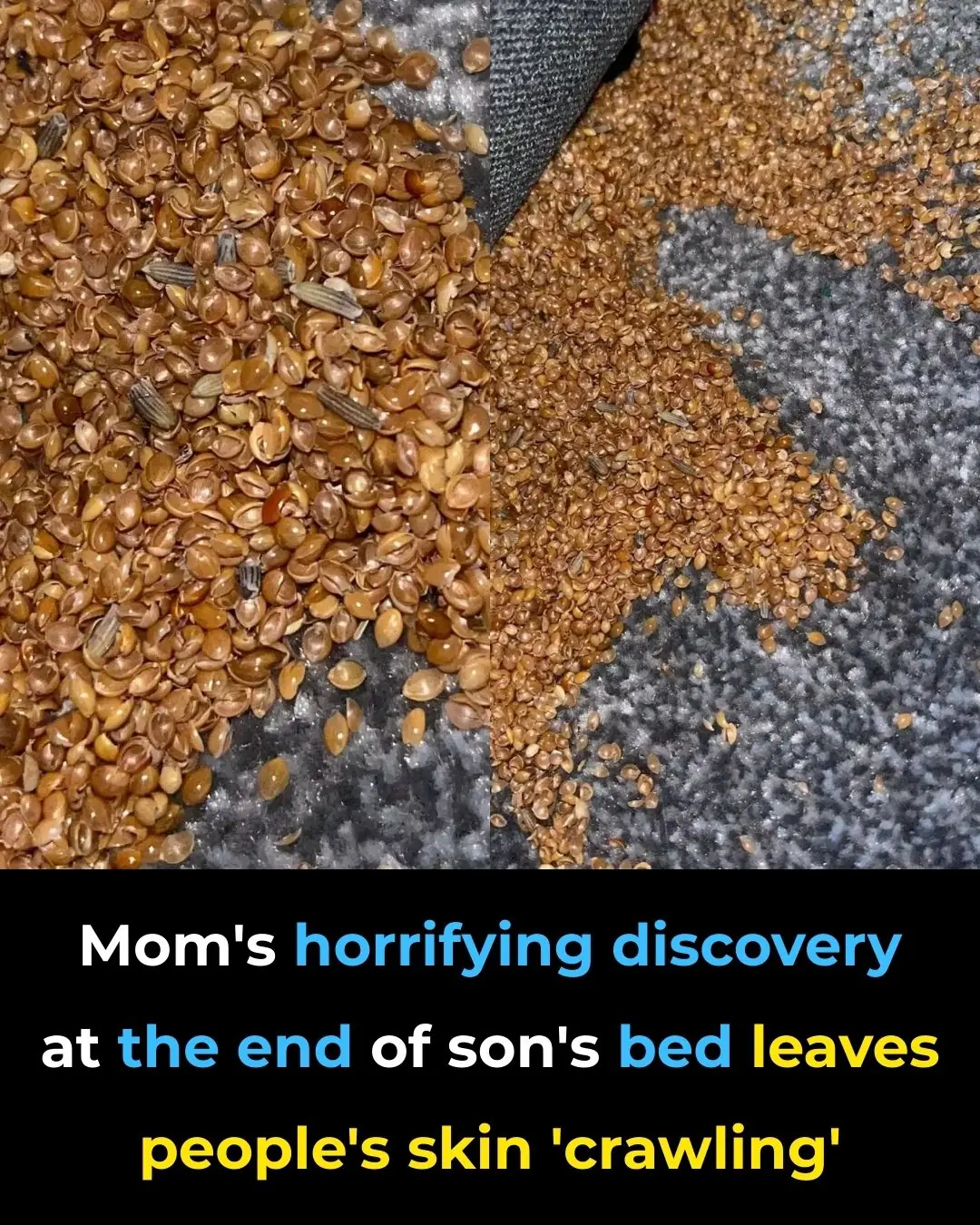
Shocking Discovery at Her Son’s Bed Leaves Mom Terrified

CRISPR Breakthrough: Scientists Achieve Complete HIV Eradication in Lab Cells

Northern lights alert : the best displays in years could be coming

The Science Behind the Blood Moon: How Earth’s Shadow Creates the Red Glow

Germany’s Suitcase-Sized Turbine Powers 12 Homes from a Small Stream

First PlayStation 6 game could've just been revealed and people aren't impressed

UFOs Are Swarming U.S. Military Zones—And One Just Crashed Into a Fighter Jet
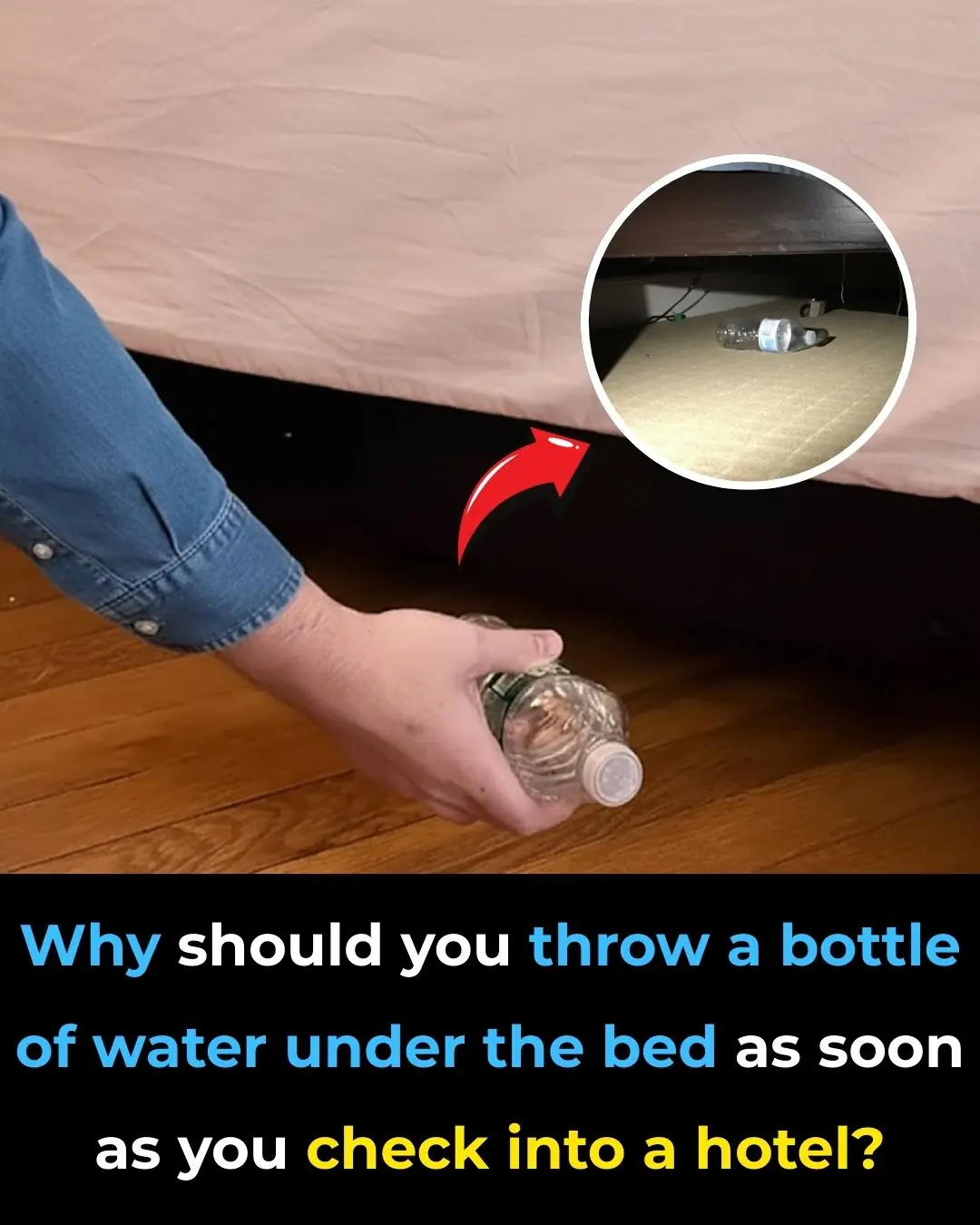
Why You Should Toss a Water Bottle Under Your Hotel Bed

Remembering Aleksander Doba, Who Kayaked Across Atlantic

10 Breathtaking Frozen Lakes, Oceans And Ponds, That Look Like Art
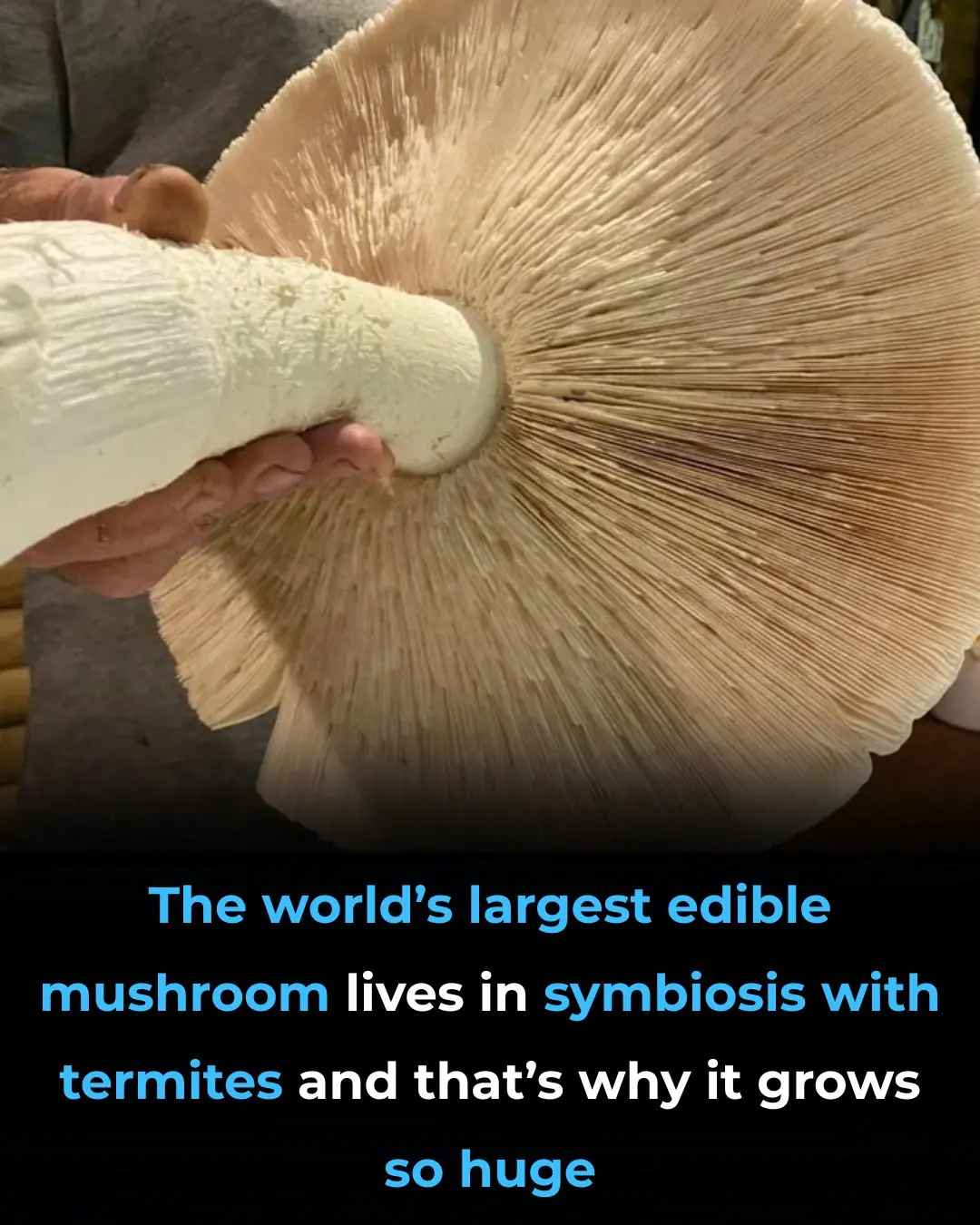
The World’s Largest Edible Mushroom Lives in Symbiosis with Termites and That’s Why It Grows So Huge

Calla Lily Valley Near Big Sur, California

Starlings Obscure the Sky Over Rome: A Dystopian Viral Photo
News Post

Game-changing 'hidden' features in iOS 26 update you've probably missed

Blind Man Can Now See Through His Tooth After Losing Sight 20 Years Ago – He Explains How It Works

Harvard expert issues chilling warning that strange object heading towards Earth may be a ‘mothership'

Nvidia's futuristic 'robot brain' officially goes on sale to the public for insane price

These 4 places are "bacteria nests" in the rice cooker, need to be cleaned every month

🌿 Wash Your Hair with This Herb and Watch Baby Hairs Grow Back Fast — Say Goodbye to Hair Fall
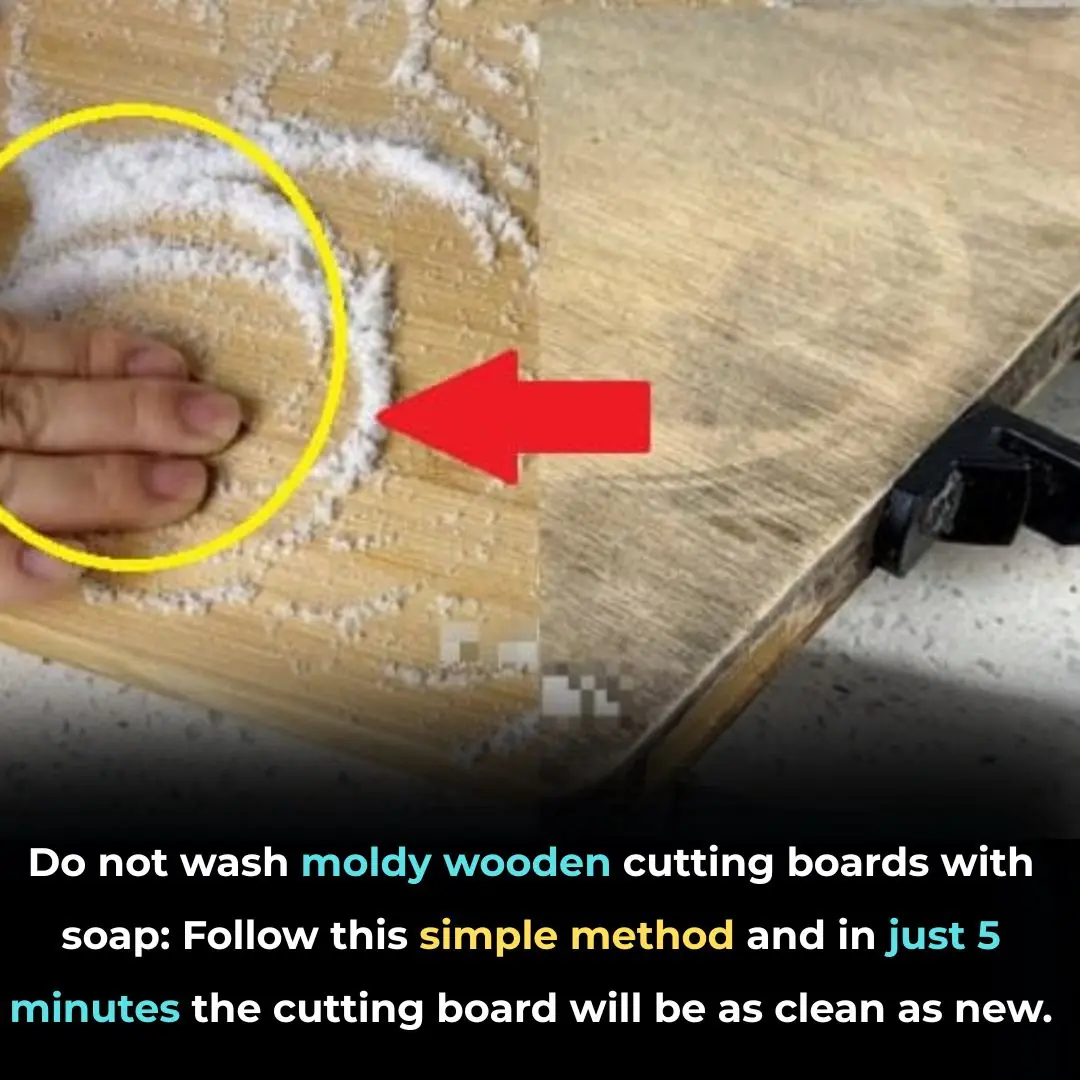
🪵 Don't Wash Moldy Wooden Cutting Boards with Soap—Try This 5-Minute Natural Cleaning Hack Instead

🌾 Ginger and Rice Water Hair Treatment: A Natural Secret for Fast Growth, Thicker, Shinier Hair

Colgate Toothpaste for Face Whitening: The Secret Combo of Tomato and Colgate 🍅✨

Emotional Starbucks Employee Reaction Over Long-Hour Shift Sparks Debate

Shocking Discovery at Her Son’s Bed Leaves Mom Terrified
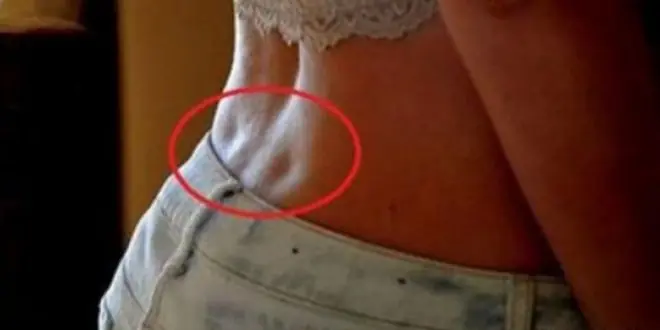
If You Have These Two ‘Dimples’ on Your Lower Back, This is What They Mean

How My Nana’s Baking Soda Skincare Routine Became My Favorite Beauty Secret

Popular Drink Could Be Permanently Staining Your Teeth Yellow, Experts Say
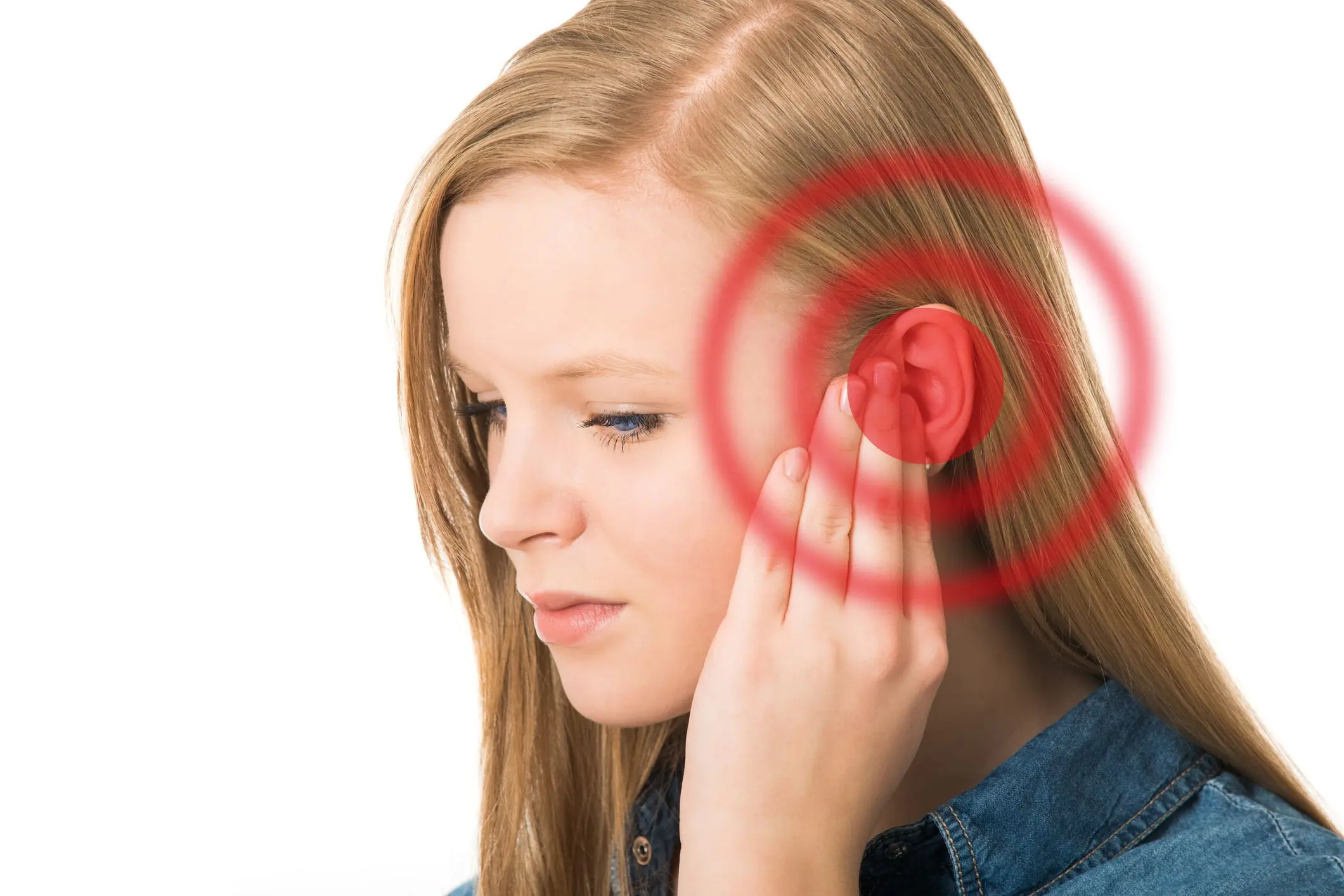
Powerful Natural Remedies for Ear Infections That You Can Try at Home

CRISPR Breakthrough: Scientists Achieve Complete HIV Eradication in Lab Cells

Northern lights alert : the best displays in years could be coming

The Science Behind the Blood Moon: How Earth’s Shadow Creates the Red Glow
